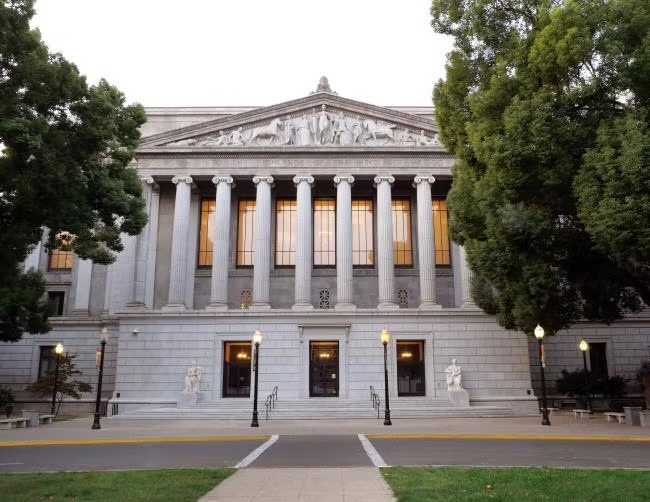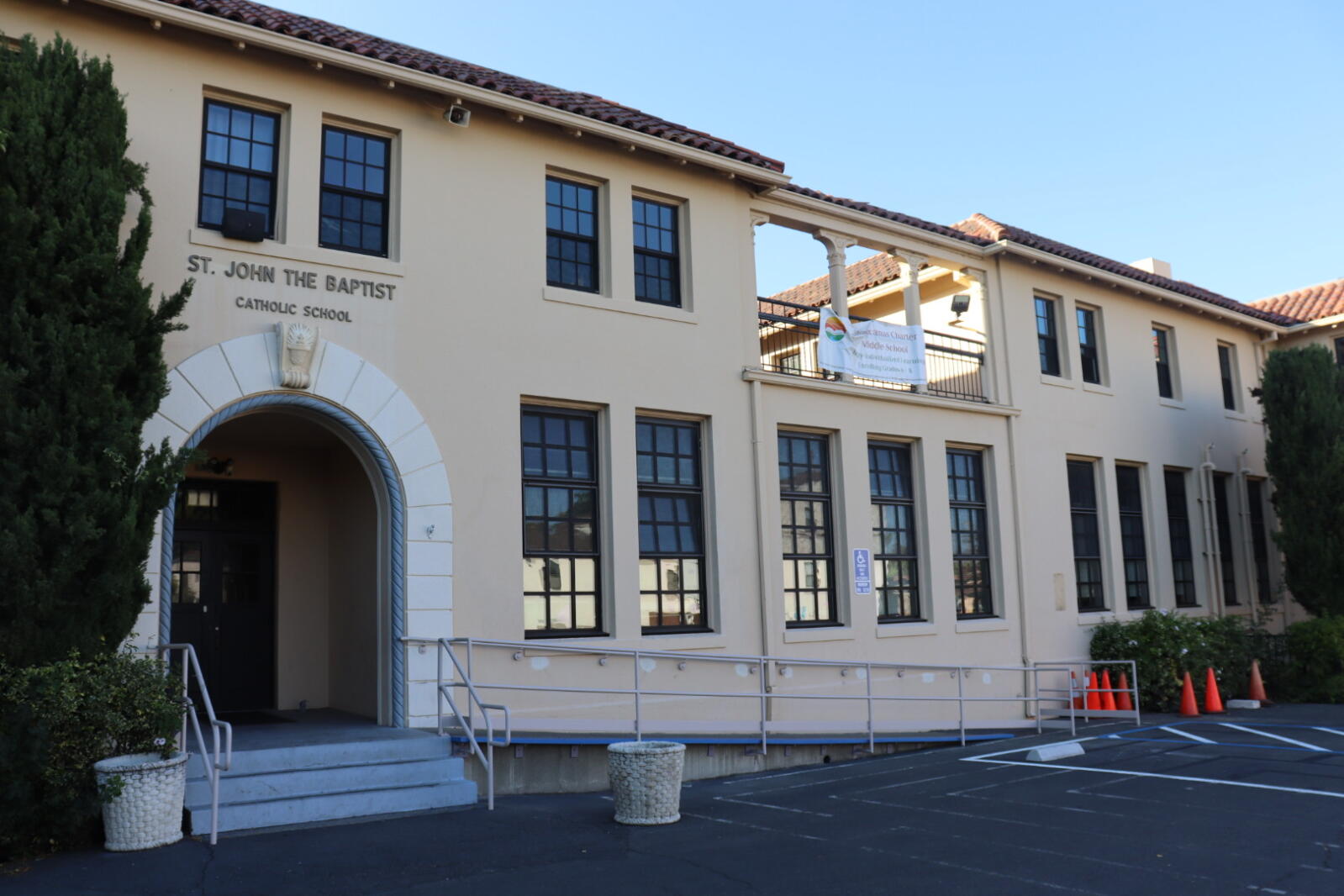District Parcel Tax Based on Square Footage with a Cap is Legal
DWK recently prevailed in the California Court of Appeal on a case of significant impact for school districts. In Traiman v. Alameda Unified School District (August 3, 2023; No. A164935, A166022), the Court opined that a district’s parcel tax “applied uniformly” where it levied a square-footage-based tax with a maximum amount of tax. The Court held the parcel tax applied uniformly to all parcels because it applied one formula to each applicable parcel, thus rejecting arguments that the square-foot-tax with a cap created improper taxing classifications. The ruling provides guidance and extends flexibility to districts when seeking parcel tax approval from voters.
Background
In 2020, Alameda Unified School District placed Measure A on the November ballot. Measure A sought to enact a parcel tax to raise money to increase teacher and staff salaries. Measure A sought to impose a tax of “$0.265 per building per square foot” on each improved property, not to exceed $7,999 per parcel. Voters approved Measure A by a super majority. Soon after, a taxpayer filed a lawsuit arguing the tax was illegal.
The lawsuit argued Measure A was invalid under Government Code section 50079. Under Section 50079, taxes like Measure A need to “apply uniformly.” The taxpayer argued that Measure A’s $7,999 cap created an impermissible classification that violated the uniformity requirement. Specifically, they argued that the cap created two different effective tax rates: parcels with improvements below a certain size paid $0.265 per square foot, while other parcels over that size paid less than $0.265 per square foot because of the $7,999 cap.
The trial court agreed with the taxpayer, reasoning that “[t]he $7,999 cap in Measure A (2020) creates a classification between improved properties based on size and applies a different and preferentially lower tax rate to properties above 30,184.91 square feet which is prohibited.”
The District appealed.
Decision
The Court of Appeal reversed the trial court, holding Measure A’s structure applied uniformly and was therefore legal under Section 50079. It held the “statutory language of Section 50079 requires that the same tax be imposed on all taxpayers or properties in the district and not target a particular class of property or taxpayer; the statute does not further require that the application of the tax result in an identical effective tax rate for every taxpayer and every property.” Thus, as DWK argued on behalf of the District, it concluded that the fact Measure A’s $7,999 cap resulted in different effective tax rates for different parcels based on the size of improvements did not violate Section 50079.
The Court of Appeal compared Measure A to other taxes in earlier court decisions. It looked to an earlier case, Borikas v. Alameda Unified School District (2013) 214 Cal.App.4th 135, where the Court had ruled a tax that classified property by use—residential or commercial—was not permitted under Section 50079. The Court reasoned that Borikas stood for the proposition that the “applied uniformly” language in Section 50079 precluded school districts from imposing special taxes “that classify and differentially tax property within the district.” Borikas, however, did not indicate that a cap on maximum tax liability was a “classification.” The Court also looked to Dondlinger v. Los Angeles County Regional Park & Open Space Dist. (2019) 31 Cal.App.5th 994, where the Court approved a square-footage-based tax as uniform. The Court reasoned that Dondlinger illustrates that a tax can apply uniformly even if different taxpayers pay different amounts based on the size of their properties. These cases supported the Court’s reasoning that Measure A applied uniformly under Section 50079.
Finally, the Court looked to legislative history and public policy. As to legislative history, the Court noted that “what the legislative history does not say is as important as what it does say.” The Court found no support in the legislative history for expanding the “applied uniformly” language to the extent sought by the taxpayer. As for public policy, the Court noted Measure A was supported by a super majority of voters, and no policy would be served by invalidating the tax.
Impact
In addition to ensuring that Alameda Unified School District may collect the taxes raised by Measure A, the Court’s opinion provides a clear framework for school districts when crafting future parcel tax measures and allows them to levy taxes that are not based on identical dollar amounts per parcel. Under the Court’s holding, a square-footage-based tax with, or without, a cap meets the uniformity test.
If you have questions about parcel tax measures, please contact an attorney in DWK’s Business, Property and Construction or Public Finance groups.




![25_0123 DWK 2025 BIT Thumbnail_500x500[1]](https://www.dwkesq.com/wp-content/uploads/2025/02/25_0123-DWK-2025-BIT-Thumbnail_500x5001.jpg)